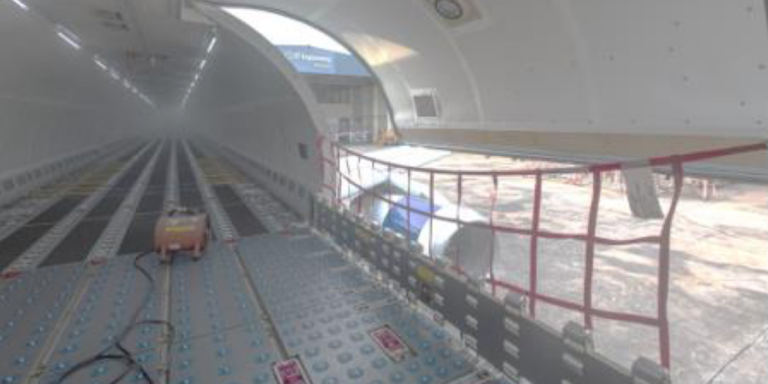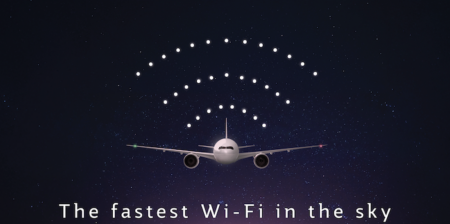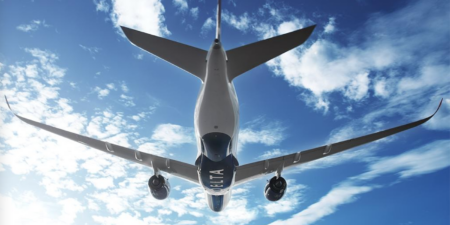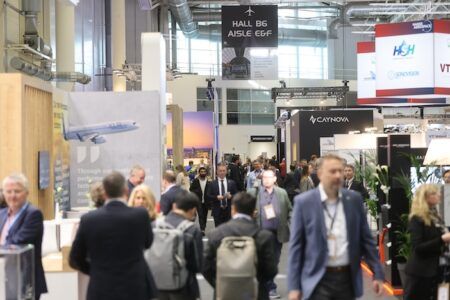Demand for passenger to freighter (PTF) aircraft conversions continues to remain strong following Covid-19. There were over 132,000 active freighter flights across the globe in September 2021, compared with just over 95,000 in September 2019.
Since the outset of Covid-19, freighter aircraft usage has grown dramatically, driven by the fall in belly-hold capacity as passenger aircraft were grounded. While passenger aircraft flights have increased from their low point of 624,000 in March 2020 to 2.07 million in September 2021, that is still half its previous peak of 4.15 million in January 2020. By comparison, data from IBA’s InsightIQ platform illustrates high, steady volumes of freighter activity, with over 110,000 freighter aircraft flying every month since May 2020.
The Coronavirus pandemic has shaken up the freighter market like never before, driving a sustained growth in demand which we believe will result in around 1,000 conversions over the next 10 years.
Despite the next wave of widebody converted freighters such as the Boeing 777-300ERSF and Airbus A330-300P2F starting to come on stream, demand for legacy aircraft such as the Boeing 767-300ERSF remains strong.
Data from IBA’s InsightIQ indicates dominance of certain aircraft types in the PTF conversion market. In the main narrowbody segment, the Boeing 737-800 now dominates, with 36 aircraft converted so far in 2021, up from 27 in 2020, with a further aircraft committed for conversion in the future.
The Boeing 757-200 continues to be the pre-eminent candidate for conversion in the large narrowbody segment, with eight aircraft converted so far in 2021, 10 in 2020, and an additional 30 due to be converted in future. However, conversions of the Airbus A321-200 are now growing, with three so far in 2021, three in 2020, and with a further 19 set to be converted in the future.
IBA’s expert team of ISTAT certified appraisers have highlighted current conversion costs, and how the costs are lower on average for Boeing aircraft than Airbus. The Boeing 757-300 averages at US$5.2 million, compared with US$6.14 million for the Airbus A321-200. The average conversion cost for the B767-300ER is US$15.8 million, in comparison to US$18.4 million for the A330-300.
Boeing 737-800 freighters are popular with international operators such as iAero (DHL Express), Sun Country, Allied Air, ASL Airlines, China Postal Airlines and many more. Of the 87 aircraft converted so far, over 60% were built between 2002 and 2007, with the average age of the current fleet just over 18 years old.
IBA’s data illustrates that the typical trading range for a Boeing 737-800SF is between US$18 million and US$19.5 million; however some newer aircraft might attract values of just over US$20,000,000.
It forecasts that as the feedstock of Boeing 757s dries up, the prices of A321 aircraft will reduce and more of this type will be committed for conversions. The typical value range of the A321PCF currently stands between US$21.5 million and US$24 million.
The Airbus A330 family is currently the most popular widebody aircraft in the market in terms of purchases for freighter conversions. Feedstock pricing in the A330 cluster is rapidly reducing, with 2009-build Rolls-Royce powered A330-300s, priced at US$25 million before Covid-19, now available for around US$15 million.
IBA believes that cargo operators will now seek much younger examples of this aircraft than the earliest MSNs and reap the benefits of additional years of useful life and a longer-term asset investment. The typical value and lease rate range for converted Airbus A330-200P2F and Airbus A330-300P2F is between US$27 million and US$38 million.
It also estimated the cost of Boeing 777-300ER conversions offered by IAI to be around US$34 million to $37 million.





